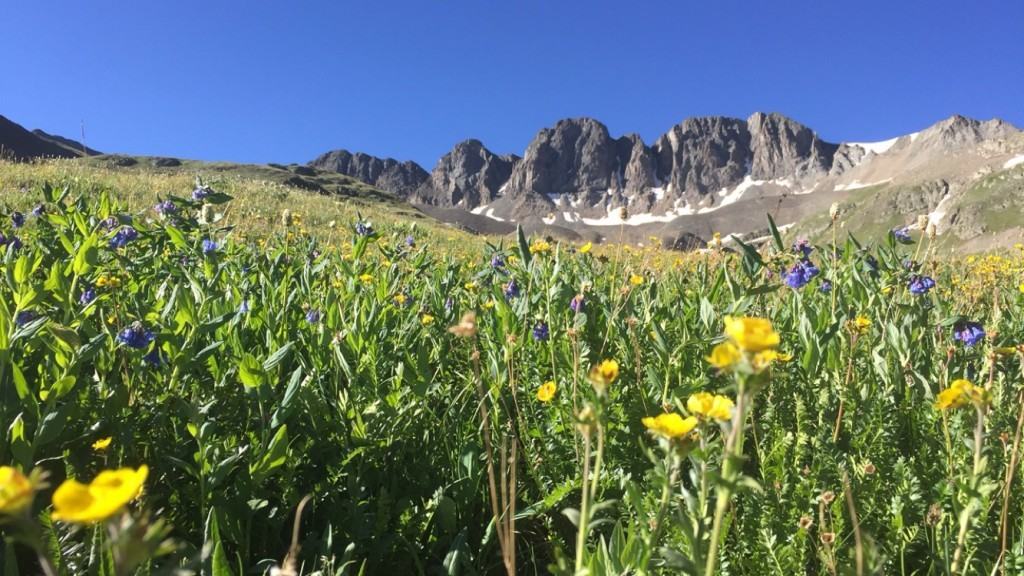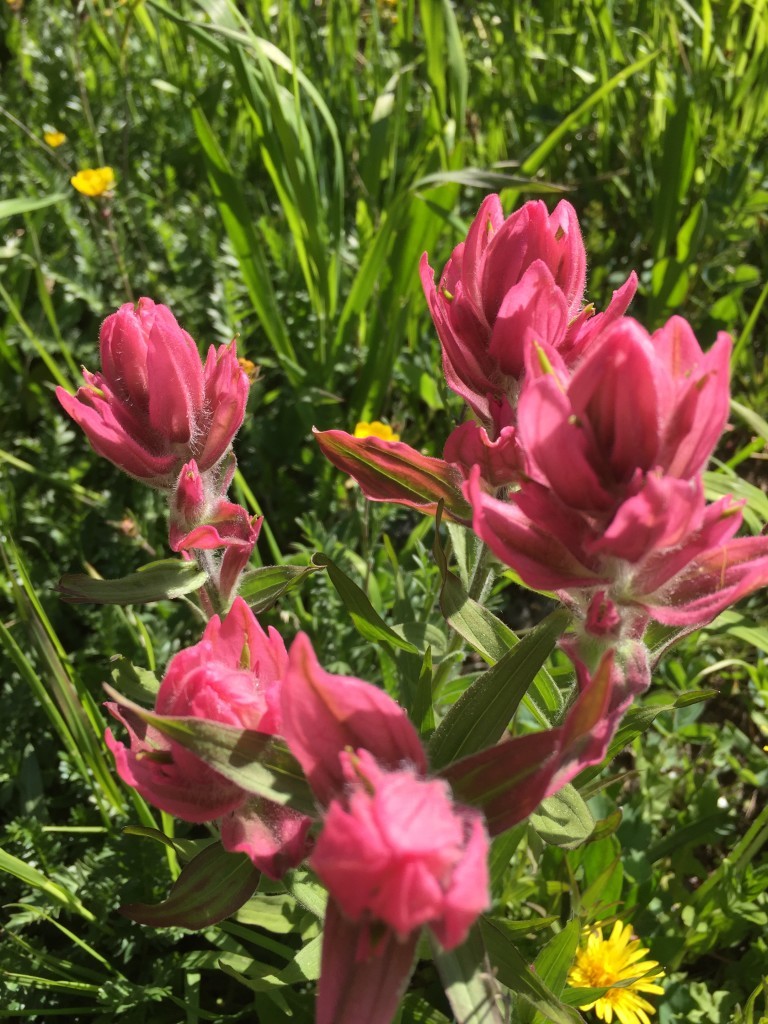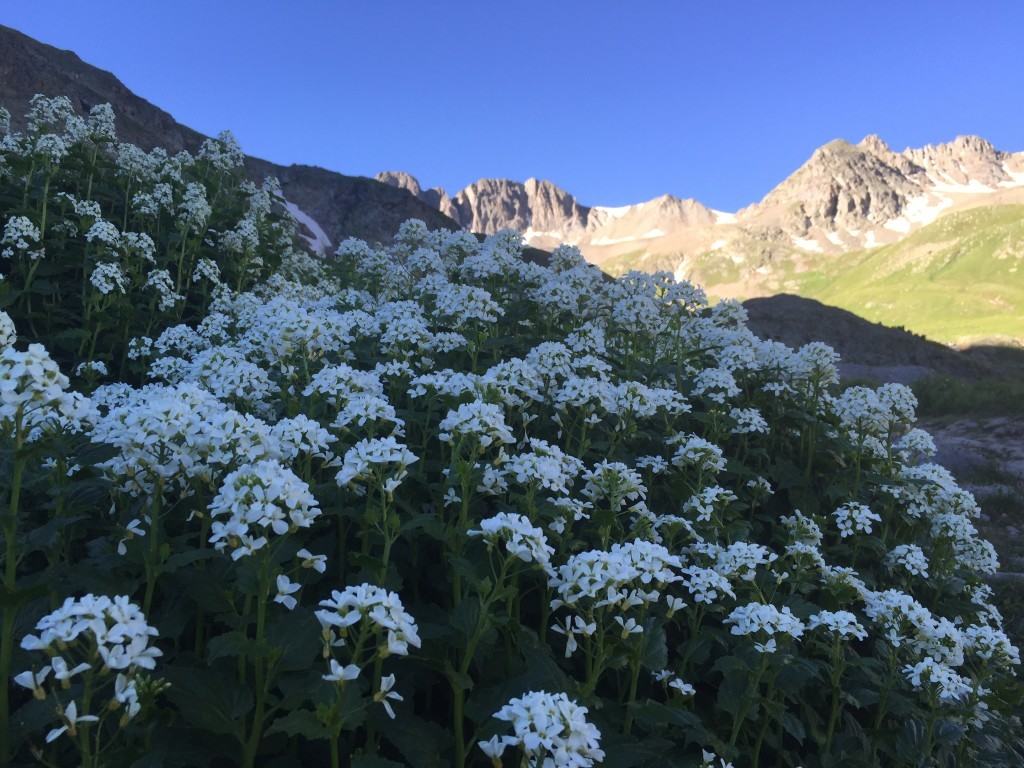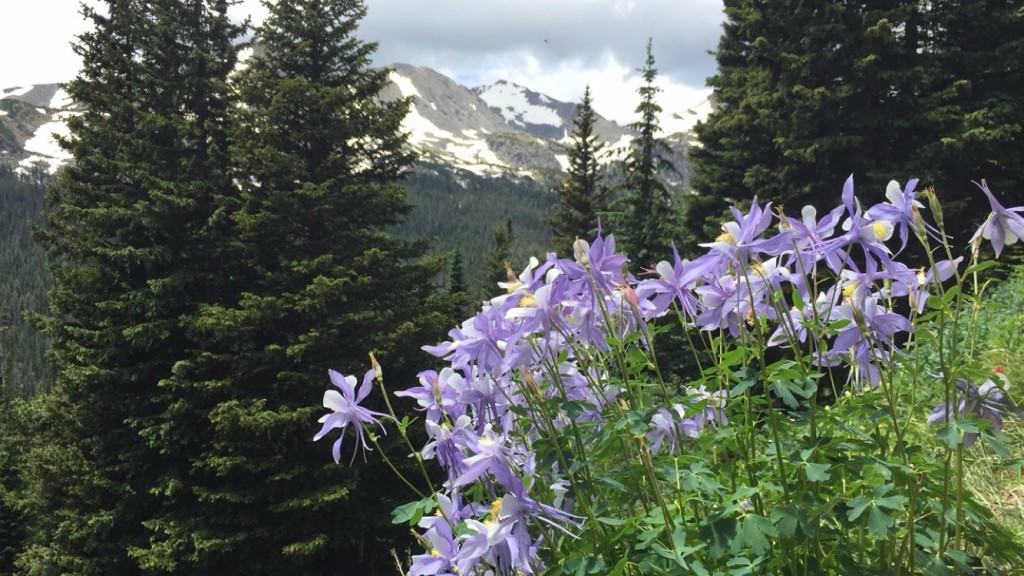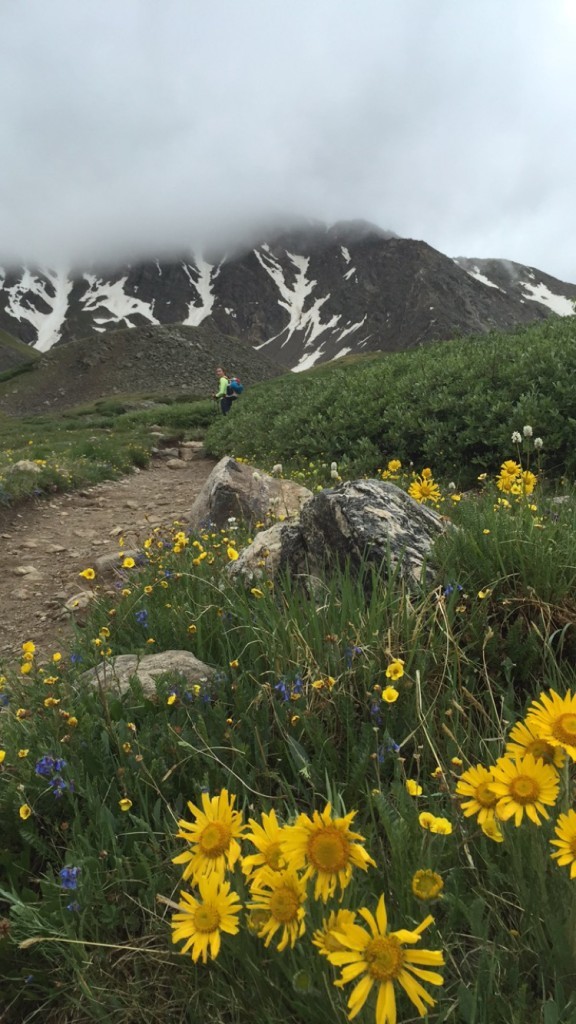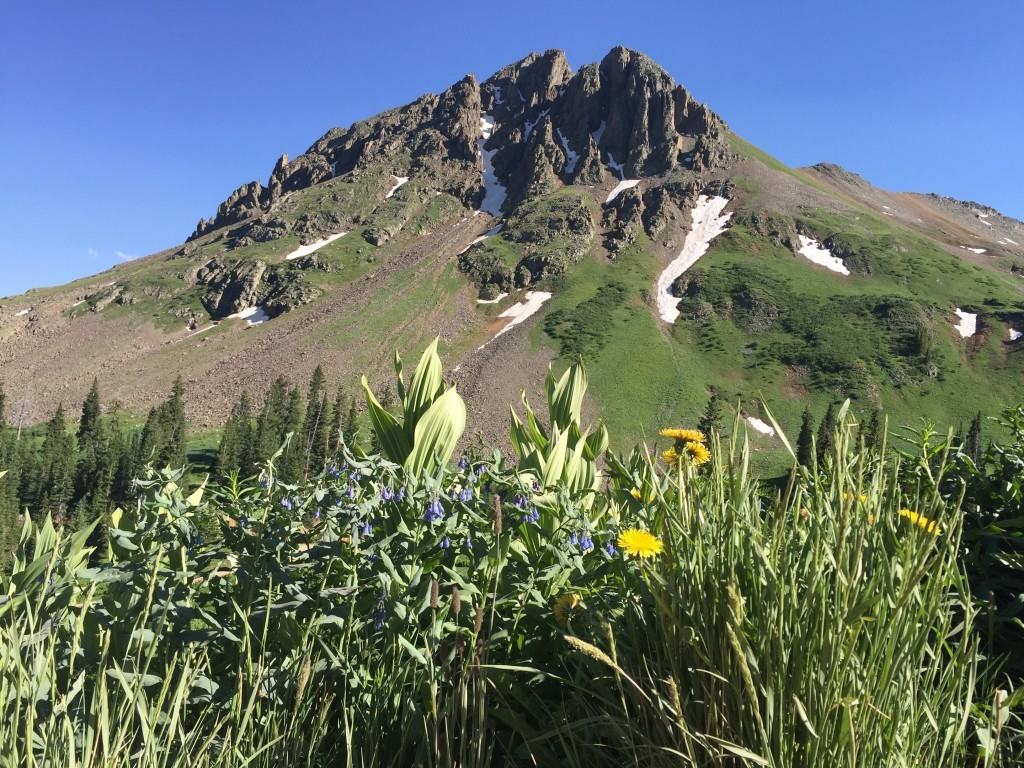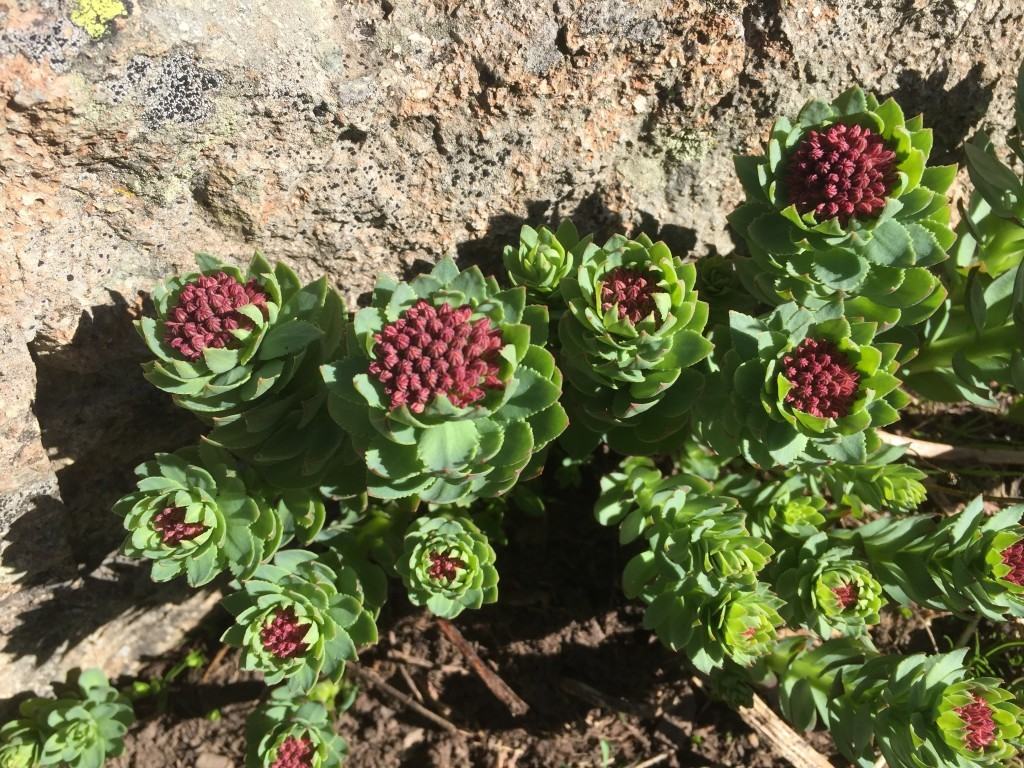- Alpine plants may use many of the same adaptations as desert plants. For example, thick and waxy leaves with hairy stems help to protect from the strong winds.
- Some plants use their color as a survival tool. Anthocyanins are pigments that create red or blue and can convert light into heat to warm plant tissues! Moss campion and alpine forget-me-not are common examples.
- The root structures of tundra plants may consist of tap roots that extend several feet down and are 1-2 inches thick. The plants themselves may only grow a few inches above ground.
- A mere five footsteps by a human on an alpine plant may set back the development of 5-10 years of plant growth. In one summer, 75-90% of the cushion plants in a fell field can be destroyed by the impacts of trampling. If this area is protected and restored immediately, it might show signs of recovery in 20 years.
- Some of the rare alpine plant communities have survived since the last ice age! Many of these plants have been identified on certain peaks and have not been cataloged elsewhere.
- Some willow, heather and other woody shrubs may be as old as 10,000 years.
- The growing season on the tundra is from 6-10 weeks long in Colorado.
- Some alpine wildflowers, like the Old Man of the Mountain, may take 7-10 years to flower for the first time. Picking a wildflower means that hundreds of seeds that would otherwise produce future plants are lost.
- The levels of ultraviolet radiation in alpine environments are twice that of forested areas and lower elevations.
- At elevations above tree line it can take 1,000 years to develop one inch of new soil! These ancient soils are crucial to the survival and growth of the alpine plant communities.
The Colorado Fourteneers Initiative builds and maintains summit routes on the 14,000-foot peaks not to make the peaks easier to climb, but to protect these fragile plant and wildlife communities. If you’d like to learn more go to our YouTube channel and watch the Alpine Ecology Series. Keep your eyes peeled later in the summer for a new video series about alpine wildlife!

